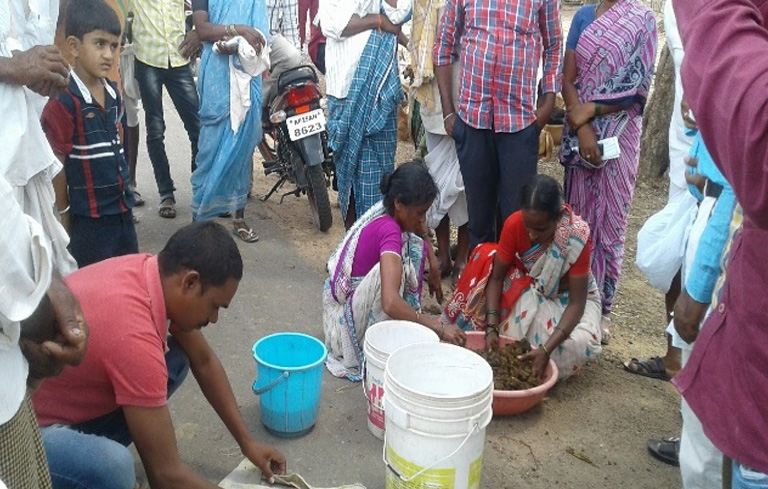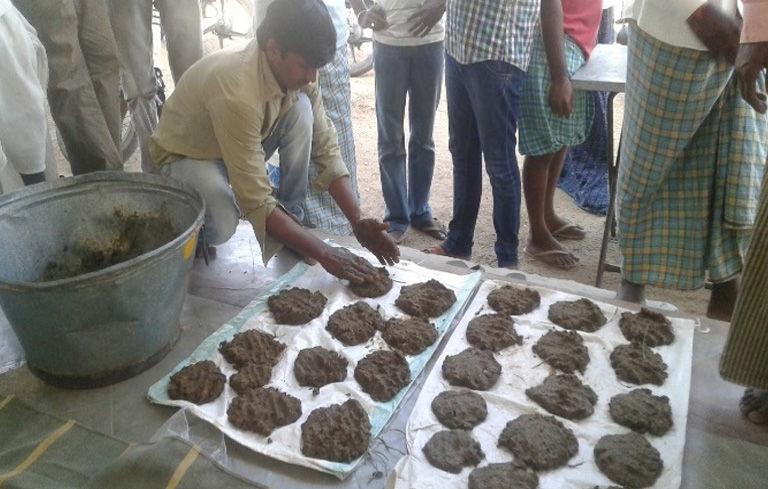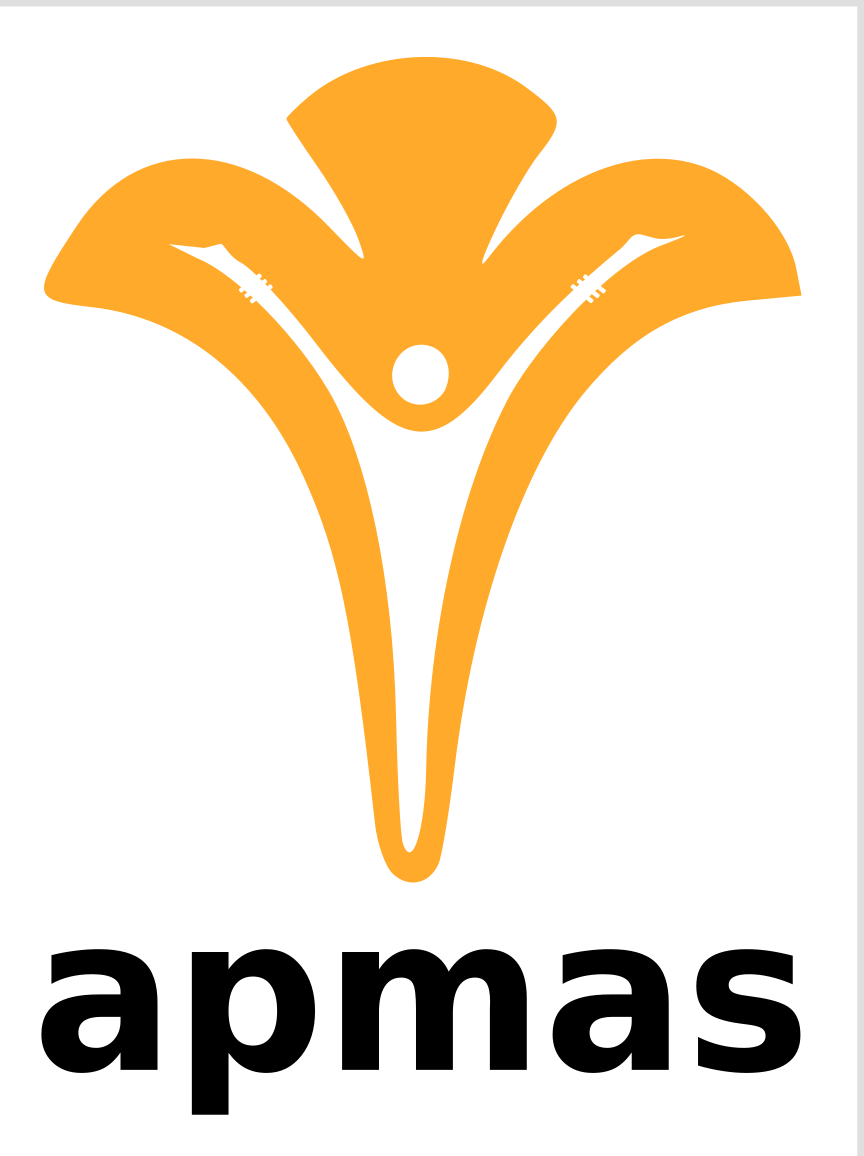
Agriculture in India is a very dynamic game. Farmers have over the decades concentrated only on production aspects rather than marketing. This has put farmers in a disadvantaged position and led to specialised middlemen taking over their profit share. Value chain studies have shown that on an average a farmer receives only one-third share in consumer price. Moreover, there is continued exploitation by agents in the form of high commission rates, malpractices in weighing, recording etc., To counter this problem the farmers are not united in resolving these issues as they feel that it is not possible to stand up to them.
Unlike self-help groups and their federations, farmers lack proper institutions to come together and take up issues related to farming. Of late everyone including the government are talking about promotion and strengthening of farmer institutions and efforts are also being taken up in this direction. But there is still a long way to go in making these institutions strong and sustainable. Farmer institutions are necessary especially for small landholders to enhance production, productivity and profitability. These institutions can also play a major role in influencing the policy makers to provide necessary support to agriculture especially rain-fed farming.
Kamareddy District
Kamareddy district is spread over an area of 3,651.00 square kilometres (1,409.66 sq mi) making it the 14th largest district in the state in close proximity to the major districts in Telangana like Nizamabad, Medak and Sangareddy districts. Kamareddy has majorly red loamy soils, medium black soils and deep black soil. The average land holding is 1.53 acres and around 91% of the farmers in the area are small and marginal farmers. There are micro nutrient deficiencies in the soil spread all over the district. Canals are the most important source of irrigation followed by tanks. Major crops grown in the area are paddy, sugarcane and maize. The deficiency of micronutrients is widespread and has resulted in limiting the crop yields. There is also the major issue of pest and wild animals attack on the crops. Due to these varied problems farmers in the area are slowly losing interest in agriculture and migrating to nearby cities. In order to help farmers, address this issue, it is proposed to promote a three-tier Farmer Institutions and strengthen them as sustainable/self reliant for achieving greater economies of scale in agriculture.
Goal : Sustainable increase in incomes of small landholders through Farmer Producer Organisations (FPOs) focusing on value-chains in Kamareddy district of Telangana over a period of 5 years
Donor : DGRV, Germany
Location : Thimmojiwadi, Thukojiwadi, Kalwaral, Padmajiwadi and Modegav of Sadasiva Nagar Mandal of Kamareddy district
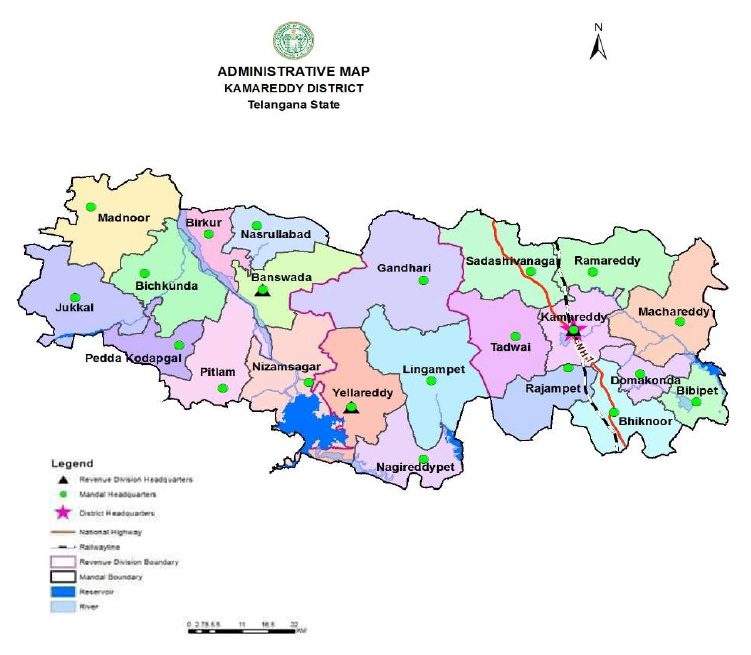
Objectives
Structure of Farmer Institutions
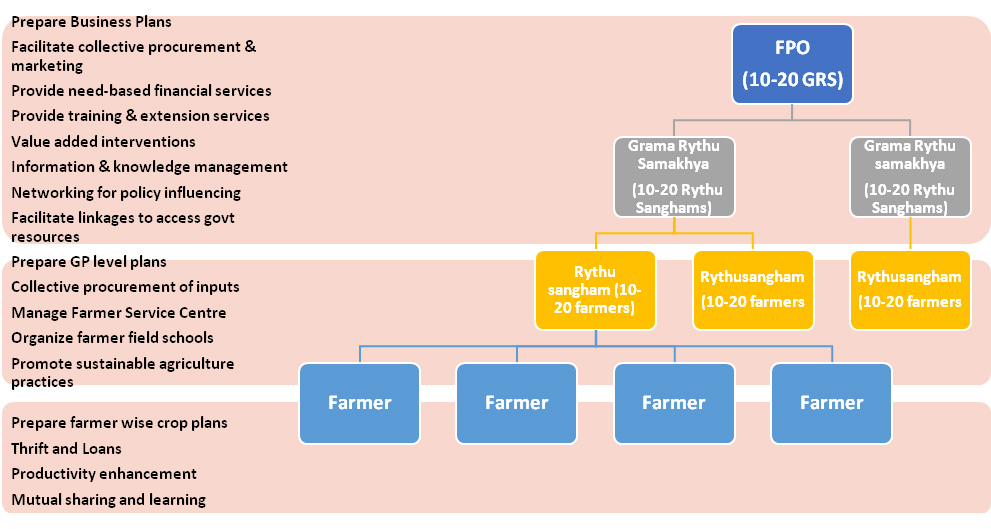
The Rythu Sangams at village level, Grama Rythu Sangams at gram panchayat level and farmer producer organisation at mandal level will have regular meetings on a monthly basis and undertake various functions and activities as mentioned in the above structure. The project team attends these meetings and facilitates in such a manner that the farmer institutions become strong in their planning process, decision making in implementation, participating in monitoring and evaluation of the project.
Policy Framework
The project interventions proposed in Kamareddy are small holder friendly and some of the methods are aimed at adaptation and mitigation to climate change. These methods are suitable to the local context and hence would not affect adversely. The project is expected to complement the efforts of other agriculture / Natural resource management programmes being implemented in the state and to establish partnerships with various institutions such as Krishi Vigyan Kendras (KVKs), Agricultural Training and Management Agency (ATMA), state agriculture university, Departments of agriculture, horticulture, animal husbandry, National Rural Livelihoods Mission (NRLM) etc. The project would also result in increase in the productivity of the farming and farm based livelihoods due to reduction in the cost of cultivation. The outcomes of the project will be used for policy advocacy particularly on Farmer’s institutions.
The project is also very much in line with the strategies proposed by the state of Telangana which emphasis on aspects such as mobilisation of small landholders into farmer producer organisations, collective procurement and marketing, crop diversification, financial inclusion, agricultural infrastructure etc. Thus the proposed project would be complementary and contributing to the ongoing poverty reduction strategies in the state.
Another unique feature which sets apart the efforts in establishing an FPO in Kamareddy is incorporating the principles of Sector Own Control (SOC) into FPO from the experience of KCPS, which is already a well-recognised SOC initiative operational since 2007.
Role of Kamareddy Cluster Paryavekshana Samakhya (KCPS)
Most of the KCPS members are dependent on agriculture for their livelihood. APMAS and KCPS incorporate the principle of SOC in the functioining of the farmer institutions. Members of KCPS who are also farmers will beocome a part of the farmer institutions. KCPS takes lead role in capaciting the farmer leaders on the concept of SOC and the book keepers on book keeping and legal complainces. Also takes responsibility to develop trainers/faciltiators for capacity building of farmers and their insitutions.
Key Achievements till now
Challenges
Way Forward
The activities have just picked up and there is still a long way to go. In the coming months, we propose to scale up the activities and support in adopting sustainable agricultural practices among the farmers to gain control over their farming systems and production, which leads to reduction on cost of cultivation and increase in their net incomes.
Soil Sample Collection
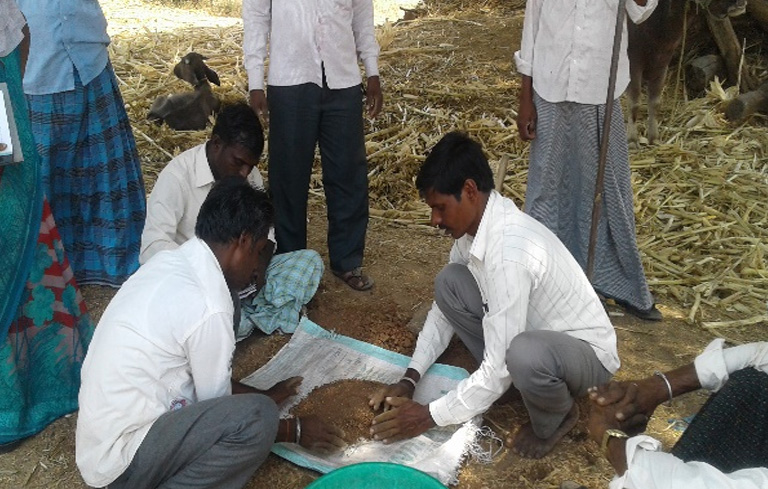
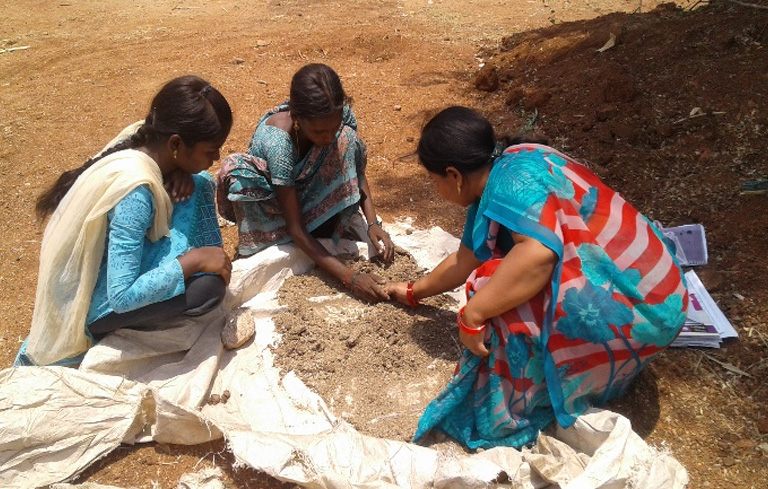
Member Education Training at Villages
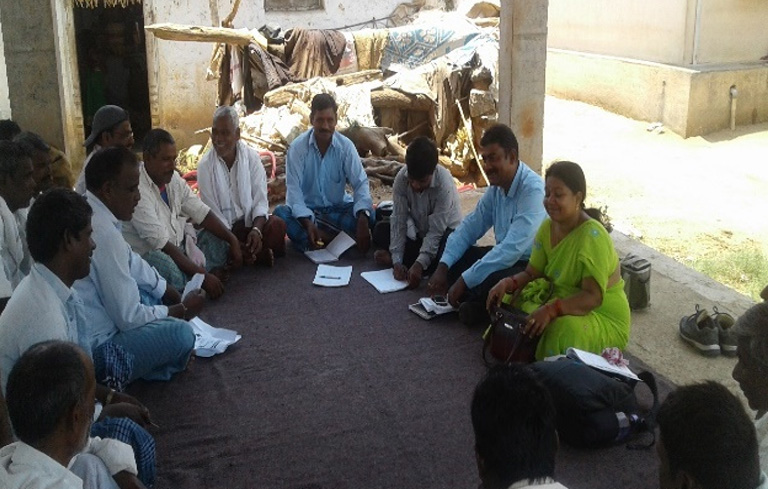

Enrollment of Farmers in M-Kisan
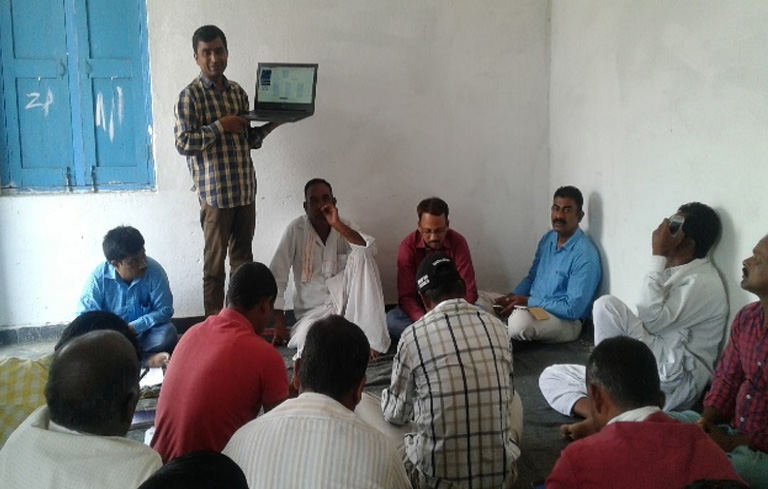
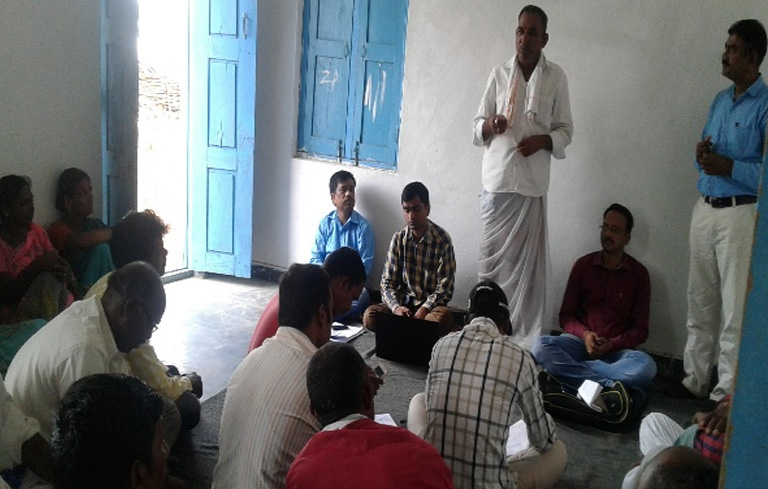
Preparation of ganajeevamrutham (Organic Fertilizers)
